MickeyKnox
TPF Noob!
- Joined
- Feb 15, 2008
- Messages
- 3
- Reaction score
- 0
The artist I'm working asked me to try and find a special kind of lighting equipment that I'm not sure exists (he thinks it might not either) so I figured I'd ask here since Google has been no help with this.
What he originally described called for a portable, focusable/adjustable strobe that he can take with him, I asked him to elaborate further since as I understood it, strobes are basically more a powerful and complex flash and that didn't seem like the same kind of application. What he told me then was that he was basically looking for some portable variant of the Nightsun (link) lighting system that's used as helicopter search lights, he's done a lot of aerial photography at night so that's how he came to know about it.
So essentially a portable, battery pack powered, high density focusable lighting system; if anyone can point me in the right direction it would be greatly appreciated.
What he originally described called for a portable, focusable/adjustable strobe that he can take with him, I asked him to elaborate further since as I understood it, strobes are basically more a powerful and complex flash and that didn't seem like the same kind of application. What he told me then was that he was basically looking for some portable variant of the Nightsun (link) lighting system that's used as helicopter search lights, he's done a lot of aerial photography at night so that's how he came to know about it.
So essentially a portable, battery pack powered, high density focusable lighting system; if anyone can point me in the right direction it would be greatly appreciated.



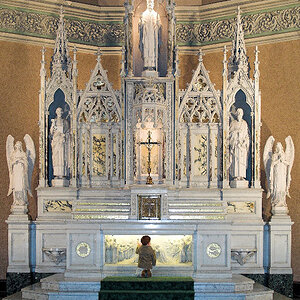
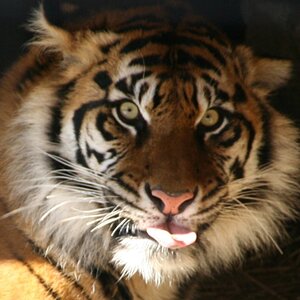
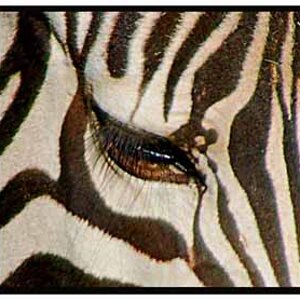
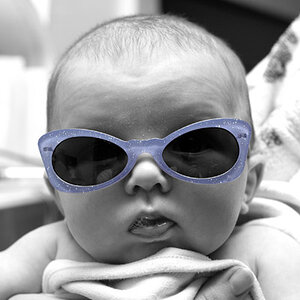

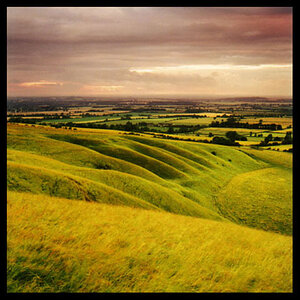
![[No title]](/data/xfmg/thumbnail/37/37626-4a6ffc3f17ab3a8e97170fda3276640e.jpg?1619738154)
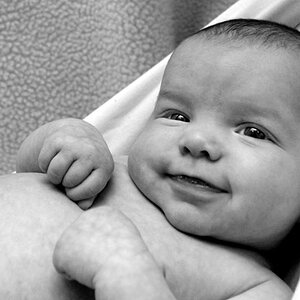
![[No title]](/data/xfmg/thumbnail/42/42329-331b54ea6493a8cdd21d8e624fe97e85.jpg?1619740129)
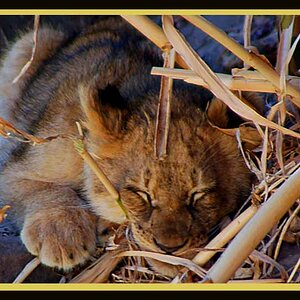
![[No title]](/data/xfmg/thumbnail/42/42328-c1143adda9734f7d05ce4361e79c27a7.jpg?1619740129)